
Children who show signs of Sensory Processing Disorders (SPD) often have problems with paying attention. Problems with a shortened attention span tend to interfere with the ability to complete activities when a child has SPD. These children tend to become either over stimulated or under stimulated as an activity continues. The ability to remain organized is also often compromised due to the shortened attention. This is shown when the child is unable to break down an activity into steps needed to complete a task.
Strategies that result in an improved level of attention include use of: nutritional support, resistive exercises, and sensory tools.

It is generally known that the brain is used for paying attention and thinking things through. However, the need to feed the brain properly so that it can perform better is not generally well known. Several authors suggest a diet that is increased in proteins, green leafy vegetables, fruits such as blueberries, low-fat dairy products and nuts can be helpful for children who have difficulties with attention. These authors also generally refer to the need to decrease intake of sugary foods or food with high carbohydrates for the child with SPD
Meanwhile, occupational therapists who work with children who have SPD tend to use specific types of activities and sensory tools to stimulate the brain chemistry that is needed. For example, use of resistive activities before involving the child in a task that requires sustained attention is helpful. Using gross motor activities that require sustained antigravity work of the core muscles of the trunk is one strategy that is known to improve attention.
Indoor Resistive Activities
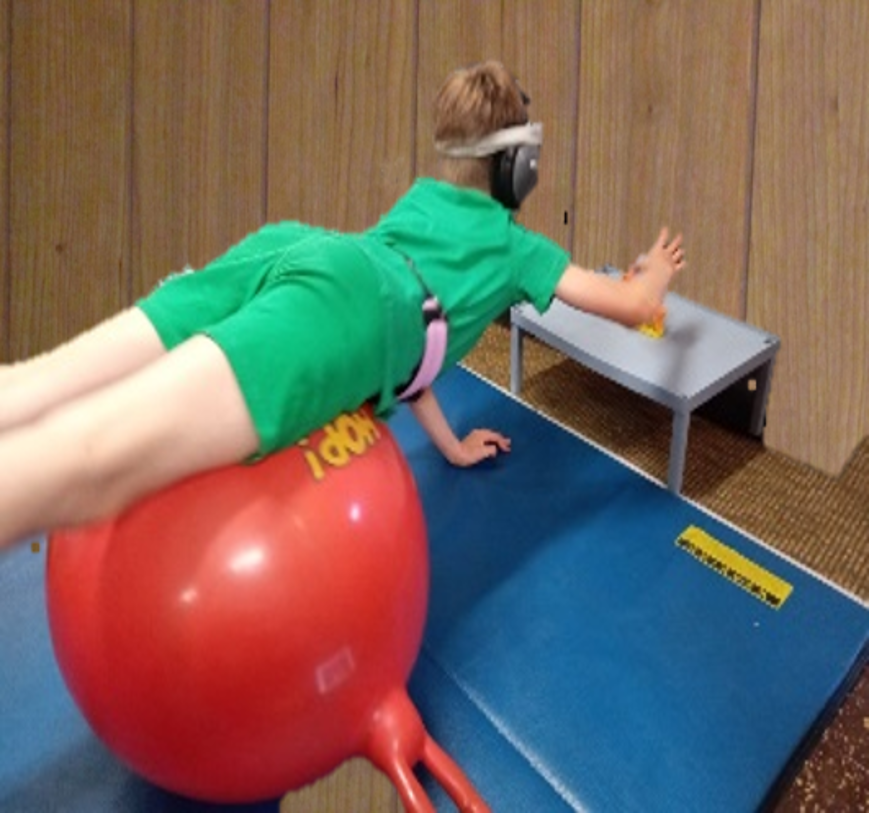
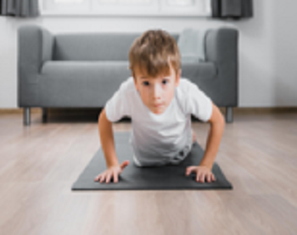
Outdoor Resistive Activities
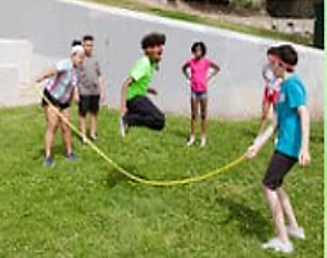

These types of resistive antigravity activities are known to produce calming brain chemicals. When these types of exercises are used before specific tasks are introduced, improved ability to stay on task tends to result.
Another strategy that can be used to increase production of organizing brain chemistry is the use of “Sensory Tools” before introducing activities that require sustained attention. Selected sensory tools such as weighted products, including weights for wrists and ankles, weighted vests for the trunk, and weighted belts or even stretch vests can be used. Additionally, headphones along with a CD Player with selected music with for therapeutic listening can be used to address deficits with attention.
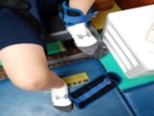
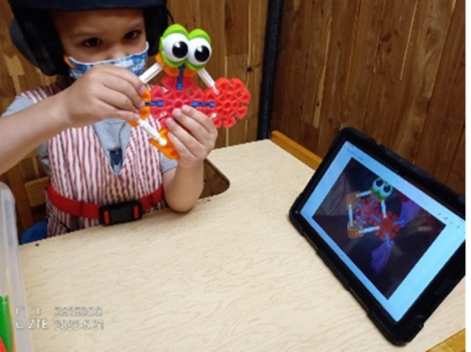
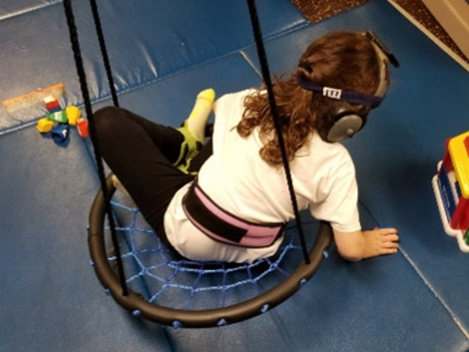
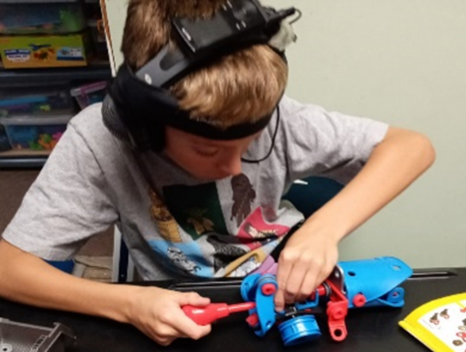
At times, multiple sensory tools are used when multiple forms of attention are needed.
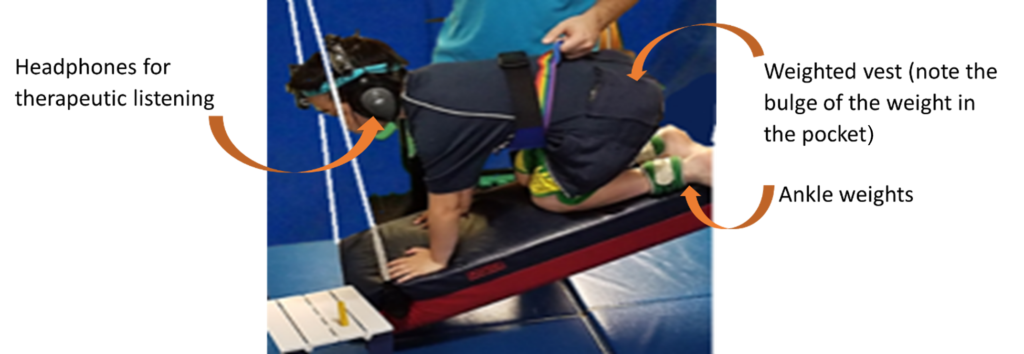
For further information about attention with children who have SPD, read either our post on resistive exercise and heavy work or attentive behaviors.
Additional helpful information may be found at the following websites as well:

Comments are closed.